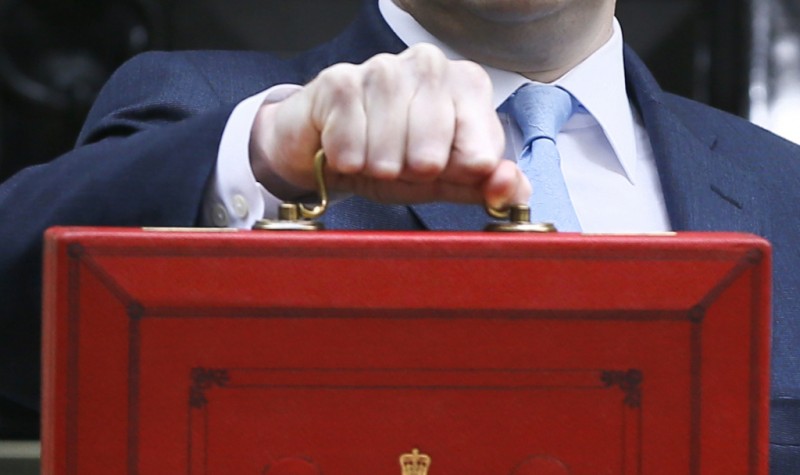Government finances – the mint with the hole

Five days before Mr Osborne gave his Autumn Statement the UK Government released its latest borrowing figures. They should have got more attention than they did.
Public sector net borrowing rose by £1.1 billion in October 2015 as compared with October 2014 to £8.2 billion for the month – the highest October level since 2009. The government borrowed £54.3 billion from 01 January to 31 October. That leaves just £15 billion available to borrow for the last five months of the fiscal year between now and April if Mr Osborne is to achieve his goal of borrowing no more than £69.5bn for the whole financial year. Headroom is tight.
However, the budget deficit – the difference between tax revenues and government spending is falling, though more slowly than hoped. Not because of reduced spending but because of buoyant tax receipts. Spending – despite all the talk of austerity – has been rising inexorably. From April to October central government spending rose by 1.1% to £402.6 billion, not least because of increased spending on the NHS and on pensions. By 2019-20, government spending will reach a colossal £821 billion, although as a proportion of GDP it will be roughly the same. Any talk of Mr Osborne shrinking the state is overblown.
Ruth Miller, UK economist at Capital Economics, is forecasting borrowing this year of over £80 billion. The total national debt stood at £1.5 trillion at the end of October, or 80.5% of the UK GDP. According to the Autumn Statement (25 November) that ratio is due to rise to 83.1% of GDP by the end of this fiscal year and then to decline gradually to an estimated 71.3% in 2020-21.
Recall that when Mr Cameron became Prime Minister in 2010 the national debt was around £700 billion or about 67% of GDP. So, over the last five and a half years the national debt has more than doubled, even as the economy has recovered. In fact, Mr Osborne’s appetite for new debt makes Gordon Brown’s look anaemic. Dear old Mr Brown actually ran surpluses for much of his tenure at Number Eleven – something that Mr Osborne can only dream about. Of course, he would argue that he inherited a mess.
Now so long as national income from tax receipts and asset sales is less than total government spending, there will be a deficit; and for each deficit there is a corresponding increase in the national debt. As the debt rises so, all things being equal, the interest cost arising on that debt increases also.
My simple point here is that the interest cost of the national debt, despite the current super-low interest rates the government enjoys (as do other governments) is still set to rise as a proportion of total expenditure. The cost of interest on the national debt outstripped spending on defence years ago and is now chasing the education budget. This means that the government’s financial well-being is extremely vulnerable to any unforeseen rise in borrowing costs.
So – unlikely as it is – an increase in rates to 2% would hugely increase the cost of issuing new debt and would blow Mr Osborne’s forecasts out of the water.
This leads me to a strange reflection. The government (and not just the UK government) has a huge interest (forgive the pun) in keeping rates low. The central bankers (although they are notionally independent) know this. If they were to raise rates, the government would go bust and there would be another crash – which would make such a rise in rates self-defeating (even though economically logical). Therefore, they won’t do it.
As I wrote recently on these pages, the longer rates remain low, the more difficult it will be to raise them at all. Now it appears that it would be suicide. Fiscal and monetary policy have therefore merged in a suicide pact. Strange times.
Comments (0)